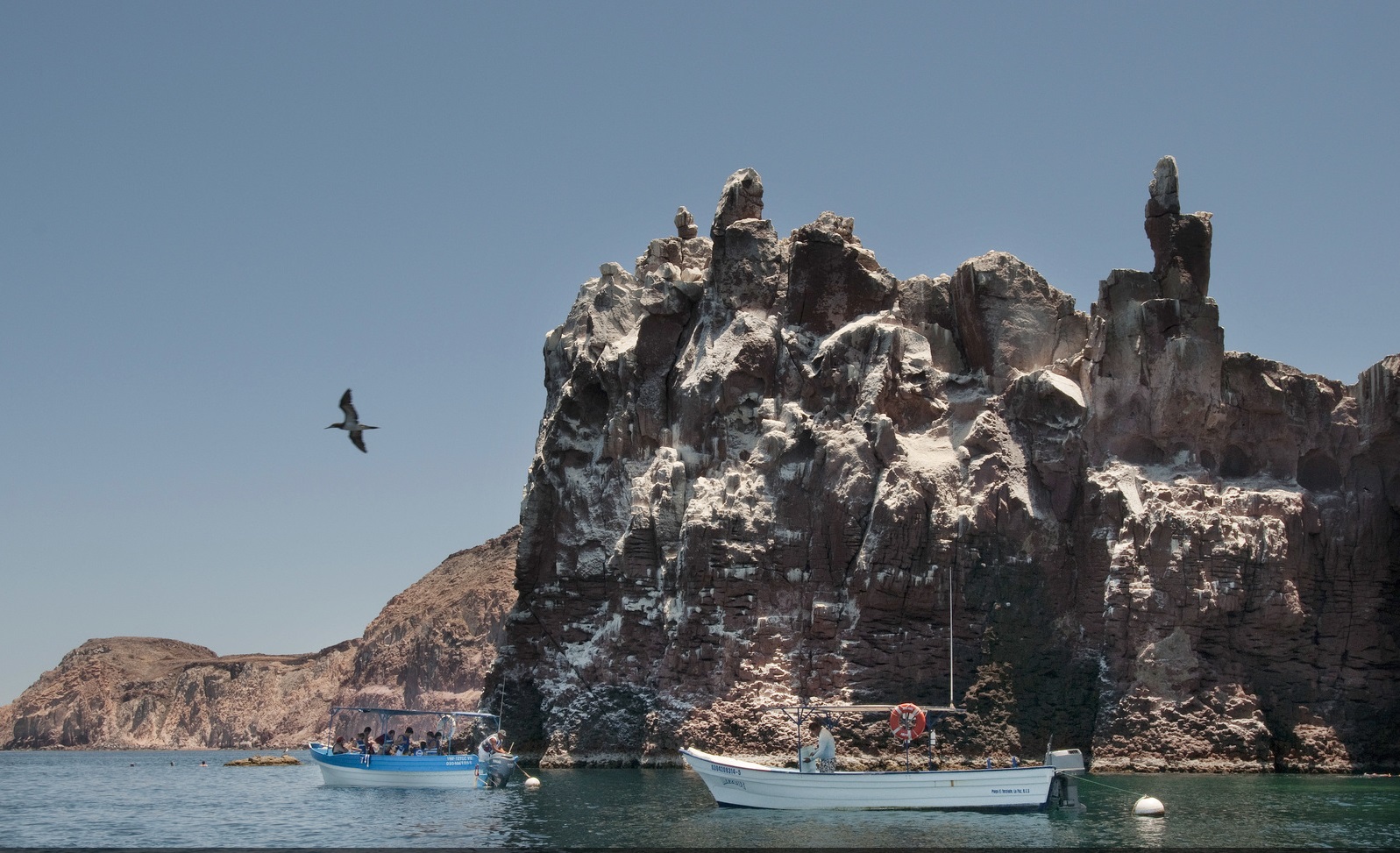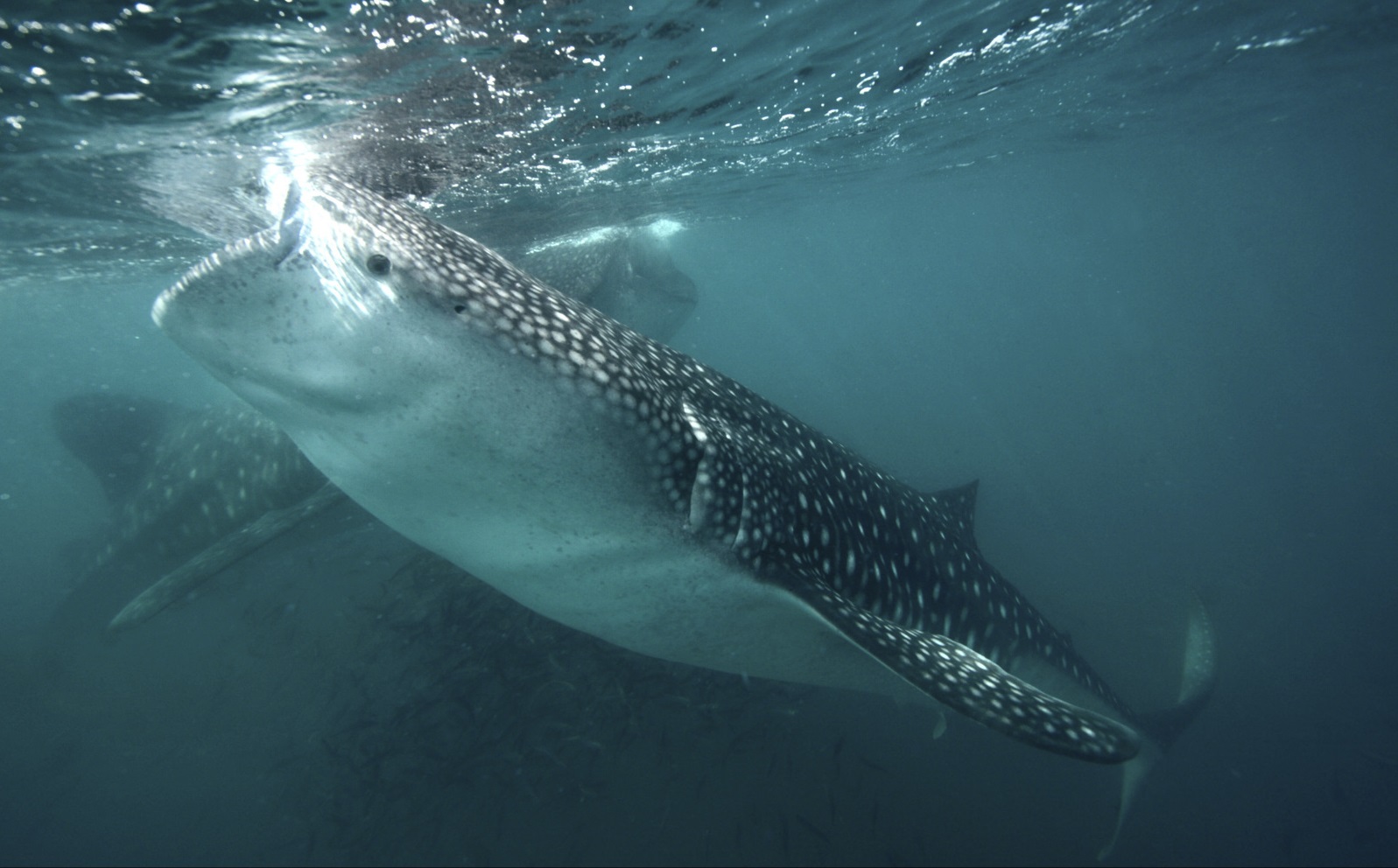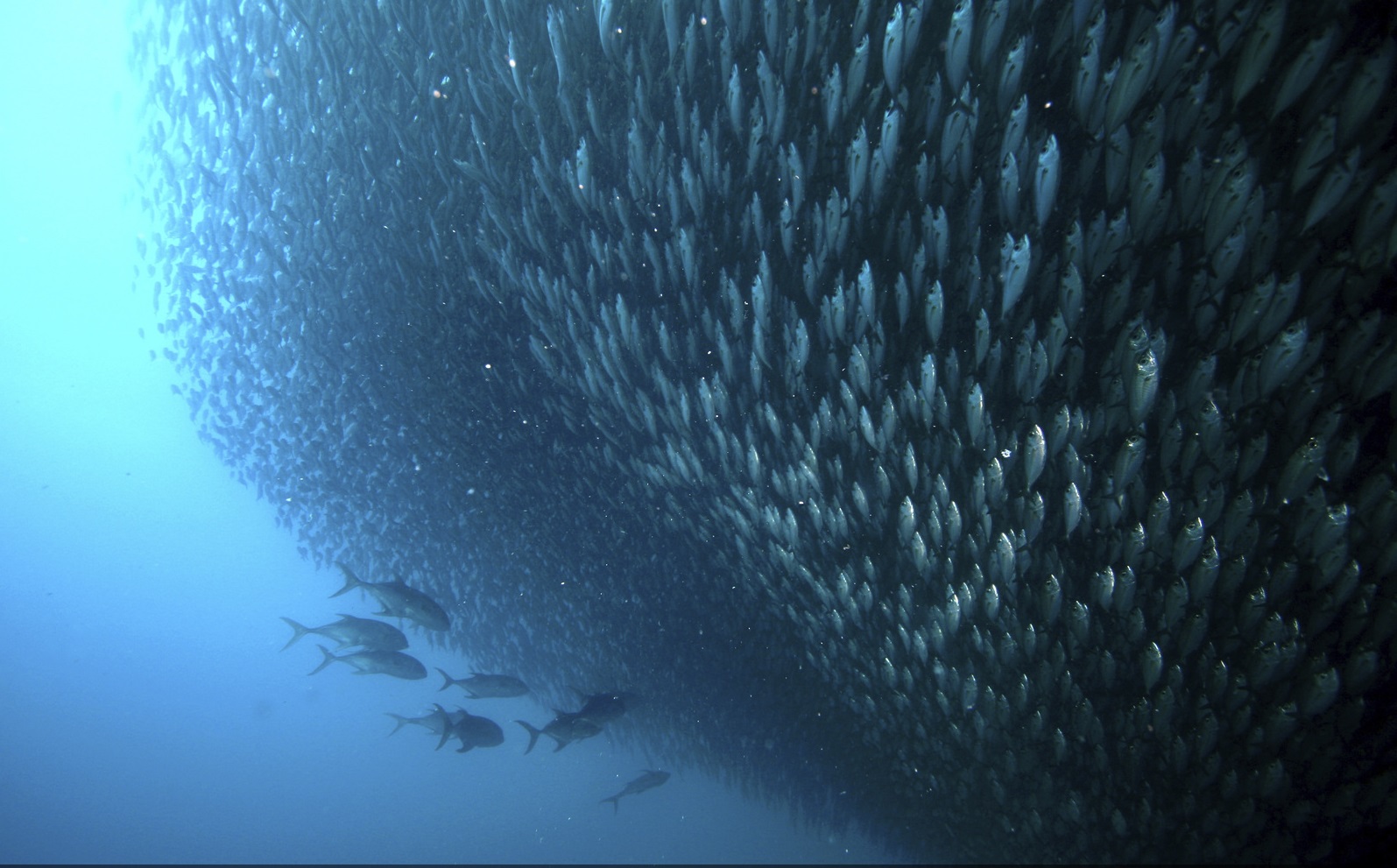
Ecosystems: Mangroves, Sargasso, Rocky Reefs, and Pelagic Ecosystems
Ecosystem Services: Fisheries, Recreation & Tourism
Projects and Places: Nature-Based Tourism in Baja, Food Production in the Gulf of California
The Gulf of California and Northwest Pacific Coast of Mexico support a quarter of the world’s marine mammal species. A highly productive sea, the Gulf is dotted with 900 islands and fringed with numerous coastal habitats. The Baja Peninsula’s marine waters also support Mexico’s most important fisheries, providing US$223 million to the country’s economy in 2013. It is also a major tourist destination, contributing an additional US$2 billion annually. While critical to Mexico’s national economy, fishing and coastal development threaten to destroy the very ecosystems that produce fish, create the beauty that attracts tourists and buffer the coast from storms.
Sixty conservation organizations currently work in the region with most efforts organized around individual sites without a system-wide vision. Mapping Ocean Wealth improves our understanding of the region as a whole, illustrating how high-value ecosystem services are distributed within the Gulf of California and Mexico’s Northern Pacific region.
Our work will provide the first estimates of the economic impact of ecotourism and fishing industries in the Gulf of California region as a whole, and highlights the importance of the region for these activities
Projects and Places
Project Partners
- Gulf of California Marine Program
- Scripps Institution of Oceanography through the Center for Marine Biodiversity and Conservation
Top image: © Edward Porter. Photo Credits in Text: © Mark Godfrey, © Carlos Aguilera Calderón



